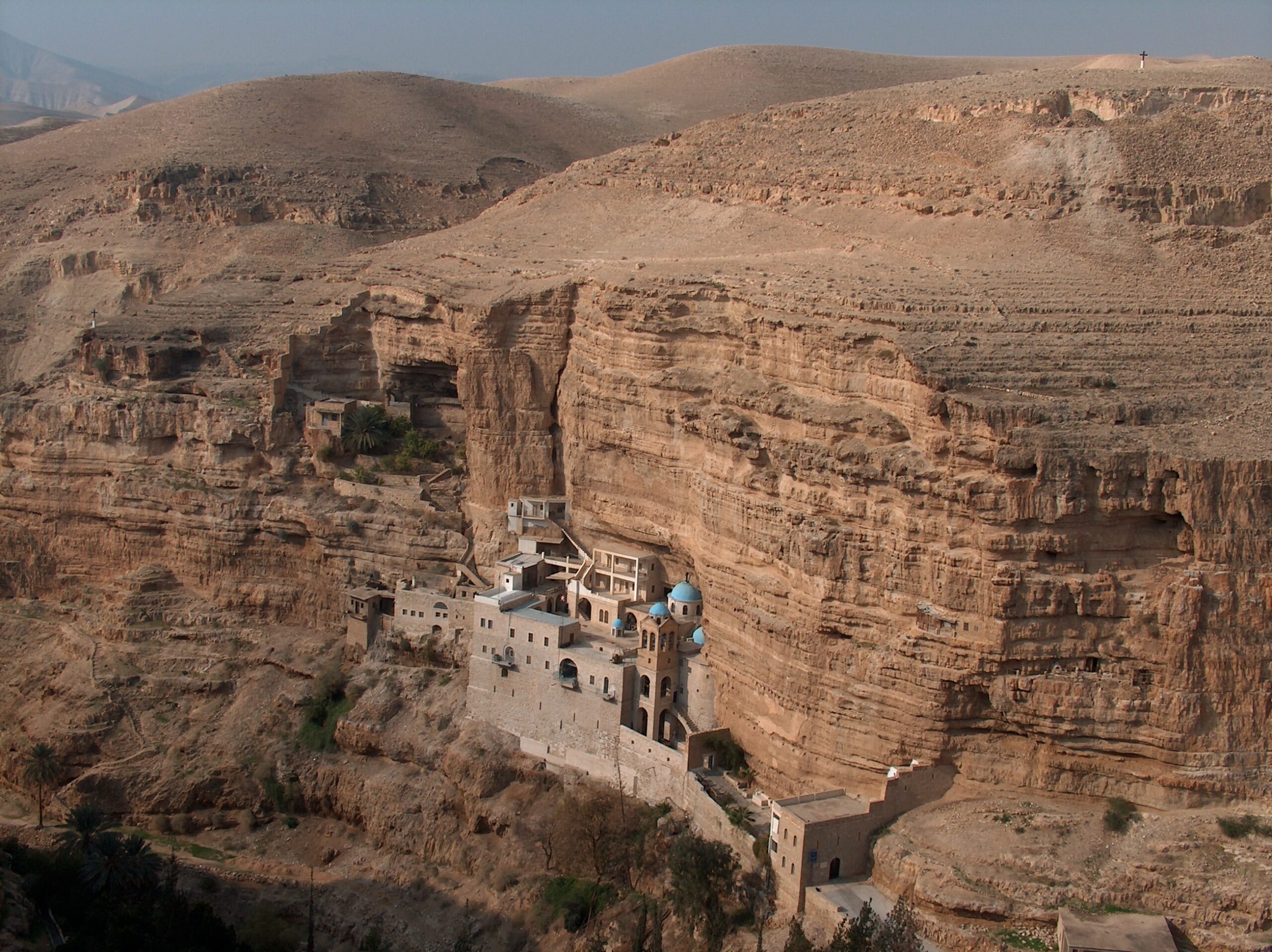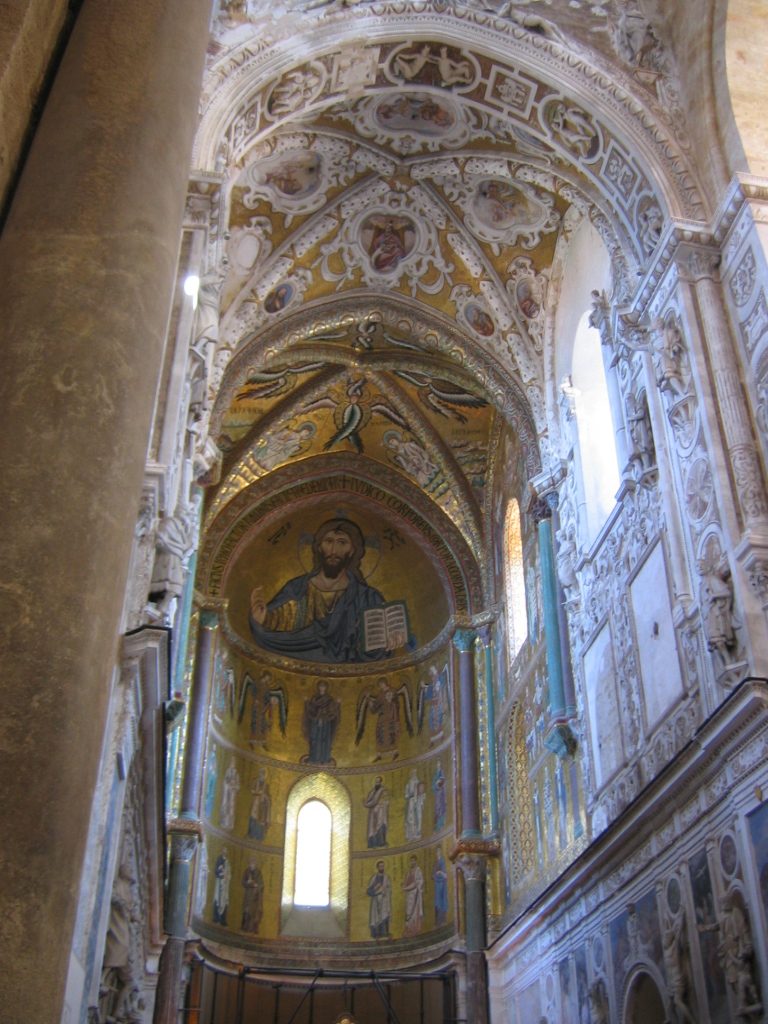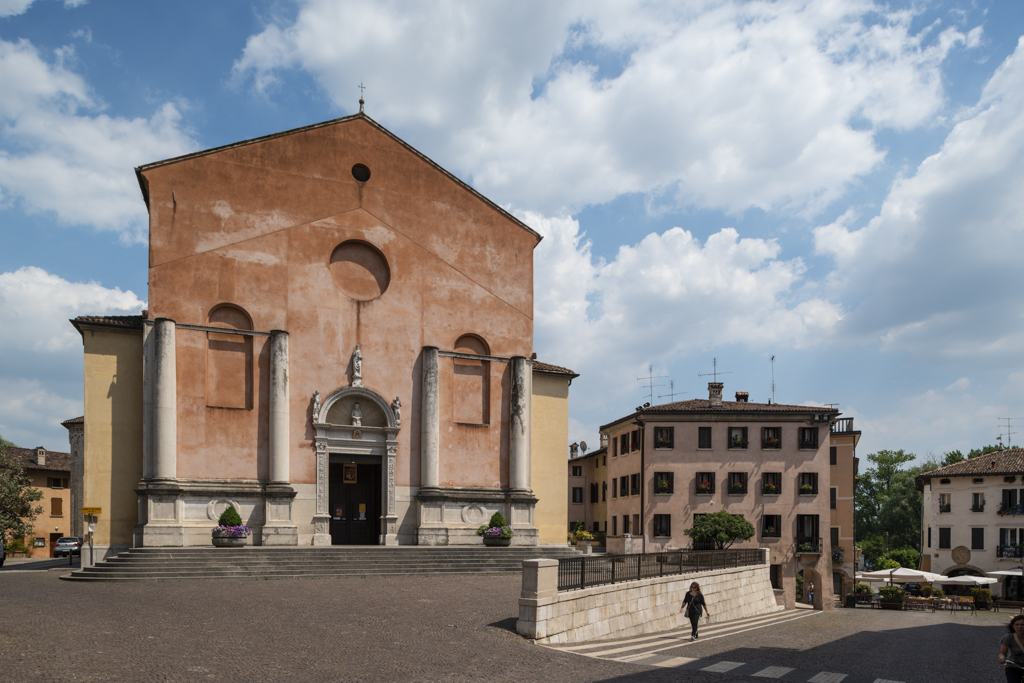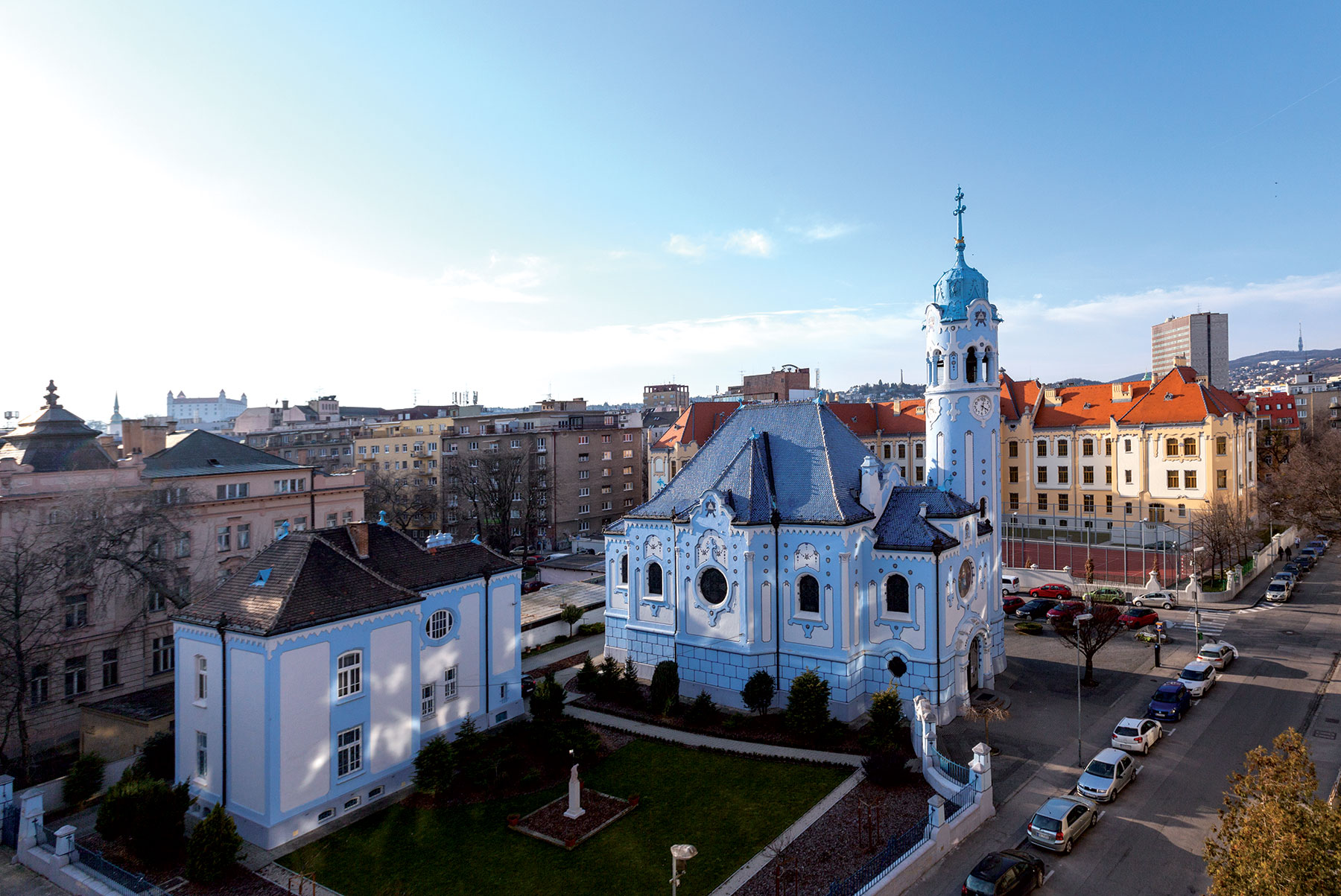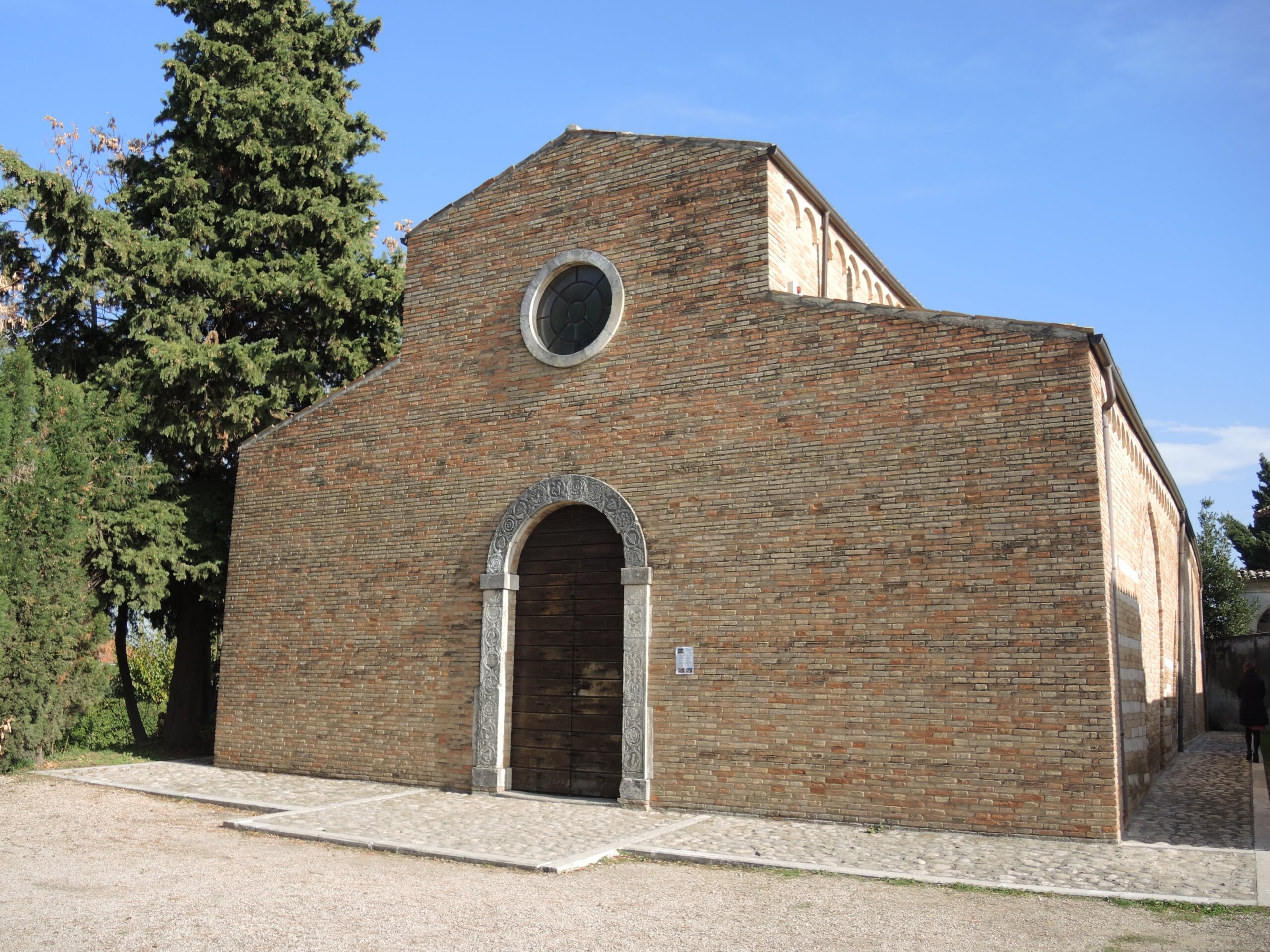St. George Monastery is operated by Greek Orthodox monks since the 6th century, it has an ancient chapel and gardens, only one hour drive from Jerusalem.For thousands of years people have sought solitude in the desert; a place of peace and contemplation. So it is understandable why throughout history religious sects have chosen to build their retreats and monasteries in remote desert or mountainous regions. St. George’s Monastery is the perfect example.The monastery is located in Israel’s Judean Desert in Wadi Qelt (Nahal Prat or Kelt River Canyon), a valley in the Israel-controlled eastern West Bank. The valley runs from Jerusalem to Jericho and the monastery is about 9km from Jericho and 20km from Jerusalem.The monastery appears to be clinging to the side of a steep cliff. The monastery is one of the most magical sights you will see on your travels. It will amaze religious travelers and those interested in history, archeology, architects and sociology. The monastery blends into the rock face and overlooks a lush garden with Cyprus and olive trees in the deep and narrow gorge of Wadi Qelt. The monastery is one of five monasteries in the Judean Desert.The location has religious significance as Wadi Qelt is thought to be the Biblical Valley of the Shadow (Psalm 23) and it lies parallel to the old Roman road to Jericho where the parable of the Good Samaritan was set (Luke 10:29-37). The monastery is thought to be close to the cave where Elijah was fed by ravens (Kings I 17:5-6). St. Joachim (Mary’s father) is said to have stopped in a cave nearby to grieve over the barrenness of his wife St. Anne. An angel came to him in the cave to tell him that they would soon have a child.
The monastery complex dates back to the 4th century when a small group of Syrian monks sought solitude in the wilderness as the Biblical prophets did. They settled here because of the various religious associations with the location and specifically the cave of Elijah. In 480AD an Egyptian called John of Thebes established a chapel which became the monastery and by the 6th century it was a well known spiritual center. The monastery is named after Saint George of Choziba a Cyprian monk who lived in the monastery during the 6th century. The monastery was a meeting point for hermits who lived in nearby caves. They would gather at the monastery for weekly mass and religious events. In 614 the monastery was destroyed by the Persians the monks were massacred. During the Crusader era (1179) there were attempts to restore the structure but it again fell into disuse until 1878 when a Greek monk, Kallinikos began restoring the monastery. He completed the task in 1901. In 1952 the bell tower was added with its distinct aquamarine dome and in 2010 access to the monastery was improved by the laying of a new road.The monastery is still inhabited by a small group of dedicated monks who live according to ancient traditions.
